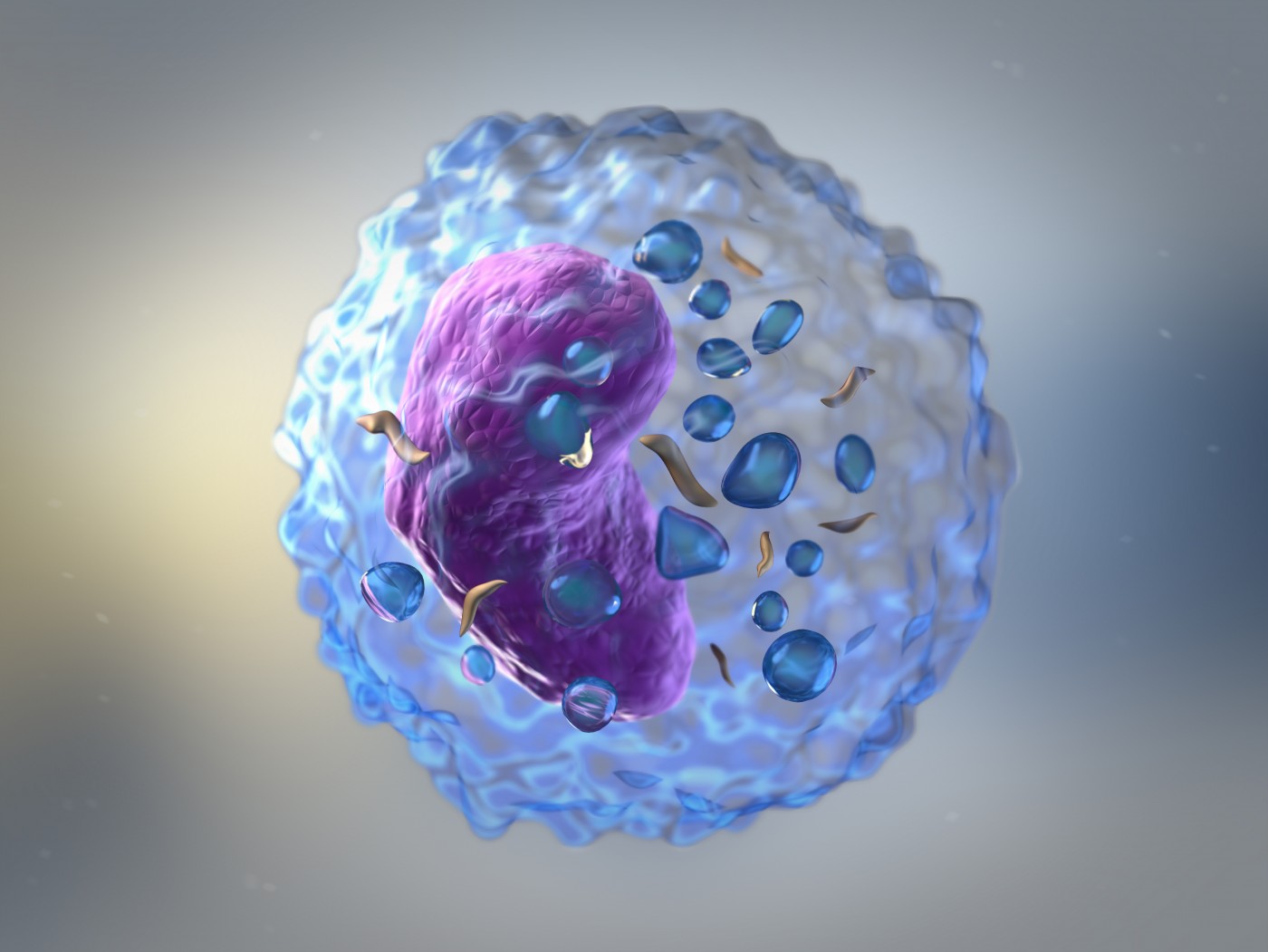Potential Batten Biomarkers Identified Through Protein Analyses

An analysis of the protein profile of the three major forms of neuronal ceroid lipofuscinoses (NCLs) has revealed potential biomarkers for the measurement of short-term response to treatment.
The study, “Proteomic analysis of brain and cerebrospinal fluid from the three major forms of neuronal ceroid lipofuscinosis reveals potential biomarkers,” was published in the Journal of Proteome Research.
NCLs, often called Batten disease, are divided into the three most common and best characterized categories: CLN1 (classical infantile), CLN2 (late infantile), and CLN3 (juvenile). These Batten types are caused by defects in genes coding for palmitoyl protein thioesterase 1 (PPT1), tripeptidyl peptidase 1 (TPP1) and CLN3, respectively.
There is currently only one treatment approved for NCL, an enzyme therapy for CLN2. Other treatments are being tested in clinical trials.
Other clinical trials have been conducted to assess treatments for Batten disease, but there is a need for a way to determine treatment response and disease progression. Clinical rating scales have been developed for NCLs but the measures can only be assessed in the long-term — over years and even decades.
The ability to know the short-term effectiveness of a treatment can be valuable for physicians and scientists to continue to develop and refine current therapies. This can be done by identifying biomarkers that are indicative of disease progression.
As a result, researchers conducted a study to identify potential biomarkers that may be clinically useful. They first conducted an assay test which analyzed lysosomal proteins present in the brain autopsies and CSF (cerebrospinal fluid) of NCL patients and healthy controls. They then conducted mass spectrometry studies, again in the brain autopsies and CSF of NCL patients. Mass spectrometry is used to determine levels of proteins in cells.
There were 2,553 proteins that were altered in at least one of the three NCLs, and approximately 15 percent of them were altered in all of the NCLs. For CSF, about 469 proteins were altered in at least one of the NCLs and about 4 percent were altered across all three NCLs. The degree of correlation in changes of proteins was not high between the brain and the CSF, indicating that changes in the brain are not reflected in the CSF.
Results showed significant changes in protein expression in each of the NCL categories, but particularly in CLN1, which had the highest degree of protein alterations. In CLN1, levels of two proteins were particularly increased: the storage protein PSAP and the protein GFAP, a finding which is consistent with other studies. There were also decreased levels of the protein STXBP1 in the CLN1 brain, which is also mutated in other neurological diseases.
Results from these assays indicate that there was significant correlation between the changes seen in CLN2 and CLN3, but they were dissimilar to CLN1. This is likely due to the aggregation of SCMAS (Subunit c of mitochondrial ATP synthase), a known storage material, in both CLN2 and CLN3, which indicates that these occur due to common pathways.
Therefore, despite the prevailing view that NCLs are a group of related lysosomal diseases, the lack of common changes between CLN1 and the other NCLs indicate that, at least at the cellular level, CLN1 is very different from CLN2 and CLN3.
Overall, this study has identified potential biomarkers that can be used to measure disease progression in the three NCL categories. The authors note the fact that these analyses were conducted in post-mortem brains is a limitation to this study because there are changes that occur as a result of cell death.





